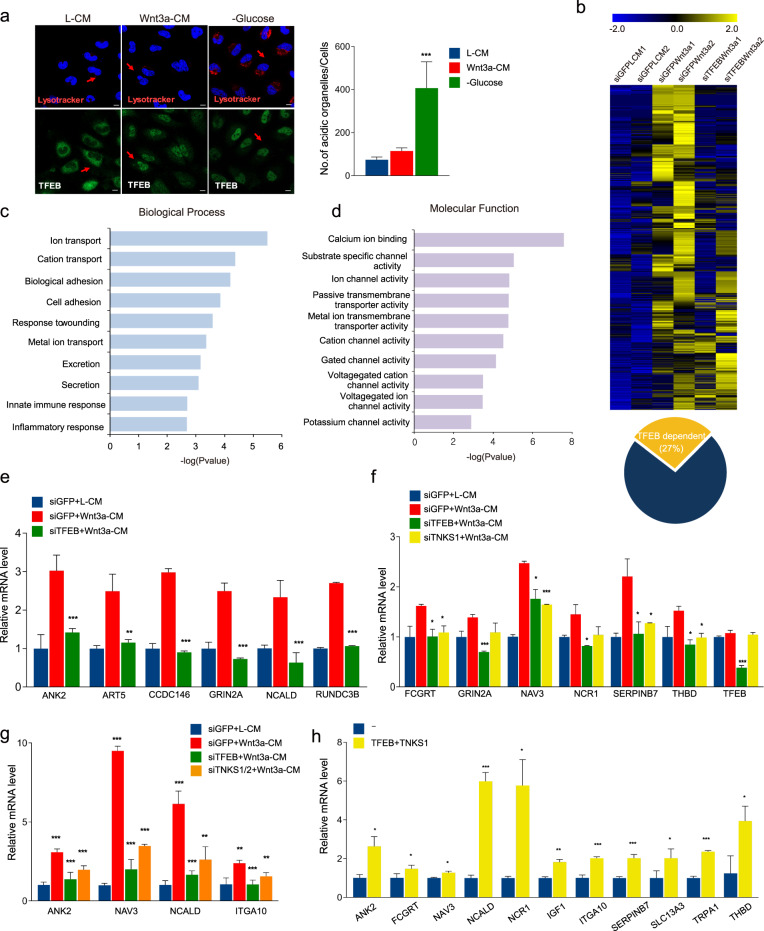Fig. 4. Wnt signaling increases expression of target genes through TFEB.
a Wnt3a-mediated nuclear-localized TFEB does not induce lysosomal biogenesis. TFEB-EFGP stable cells were treated with the indicated media for 4 h. Acidic organelles were visualized by treatment with the LysoTracker dye. Both Wnt3a-CM treatment and glucose starvation induced nuclear localization of TFEB-EGFP (Bottom). Only glucose starvation, but not Wnt3a-CM treatment, induced the increased number of lysosomes (Top). Quantification of number of acidic organelles/cells was shown in the right panel. Scale bar, 10 μm. b Heat map analysis of expression profiles after treatment with Wnt3a-CM under siGFP or siTFEB conditions. About 27% genes among the genes upregulated by Wnt3a-CM treatment was TFEB-dependent. c, d Top 10 GO analysis of “TFEB-mediated Wnt target genes”. Bar chart shows classification of Biological Processes (c) or Molecular Function (d). Bars represent the p value for the specified category. e Confirmation of “TFEB-mediated Wnt target genes”. siGFP or siTFEB transfected HeLa cells were treated with L-CM or Wnt3a-CM for 6 h and qPCR was performed to measure expression of randomly selected genes among “TFEB-mediated Wnt target genes”. f, g Wnt signaling did not increase the expression of “TFEB-mediated Wnt target genes” upon TNKS1 (f) or TNKS1/2 (g) knockdown as well as TFEB knockdown. siGFP, siTFEB, siTNKS1, or siTNKS1/2 transfected HeLa cells were treated with L-CM or Wnt3a-CM. qPCR was performed to measure expression of “TFEB-mediated Wnt target genes”. h Co-transfection TFEB and TNKS1 increased expression of “TFEB-mediated Wnt target genes”. qPCR was performed for “TFEB-mediated Wnt target genes” in TFEB-EGFP and Flag-TNKS1 expressing HeLa cells. Data information: In (e–g), data are presented as mean ± SEM. *P < 0.05, **P < 0.01, and ***P < 0.005 (Student’s t test).

